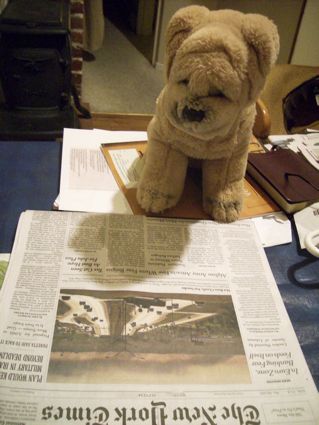“Diversity and Neuroscience” was the title of the fifth plenary session of the annual conference of the Religious Education Association (REA). Moderator Harold Horell introduced the panel discussion with two questions:
— What are the implications of neuroscience for the field of religious education? — and
— How did the presentations and conversations address the racially and ethnically diverse constituencies of the Religious Education Association?
Claire Smith of Saint Paul School of Theology was the first panelist to speak. “I found in this conference an awareness of the issues of diversity,” she said, “and a concern to include all.” She gave several specific examples, e.g., the recognition of native peoples in the opening ritual.
While there was a general awareness of diversity issues within the REA, Smith offered two cautions.
First, much of the brain research we have is provisional, and “we should not treat it as gospel.” In spite of this caution, Smith said that there is much that comes out of this research that are important for our work as religious educators. Continue reading “REA Conference, part six”

